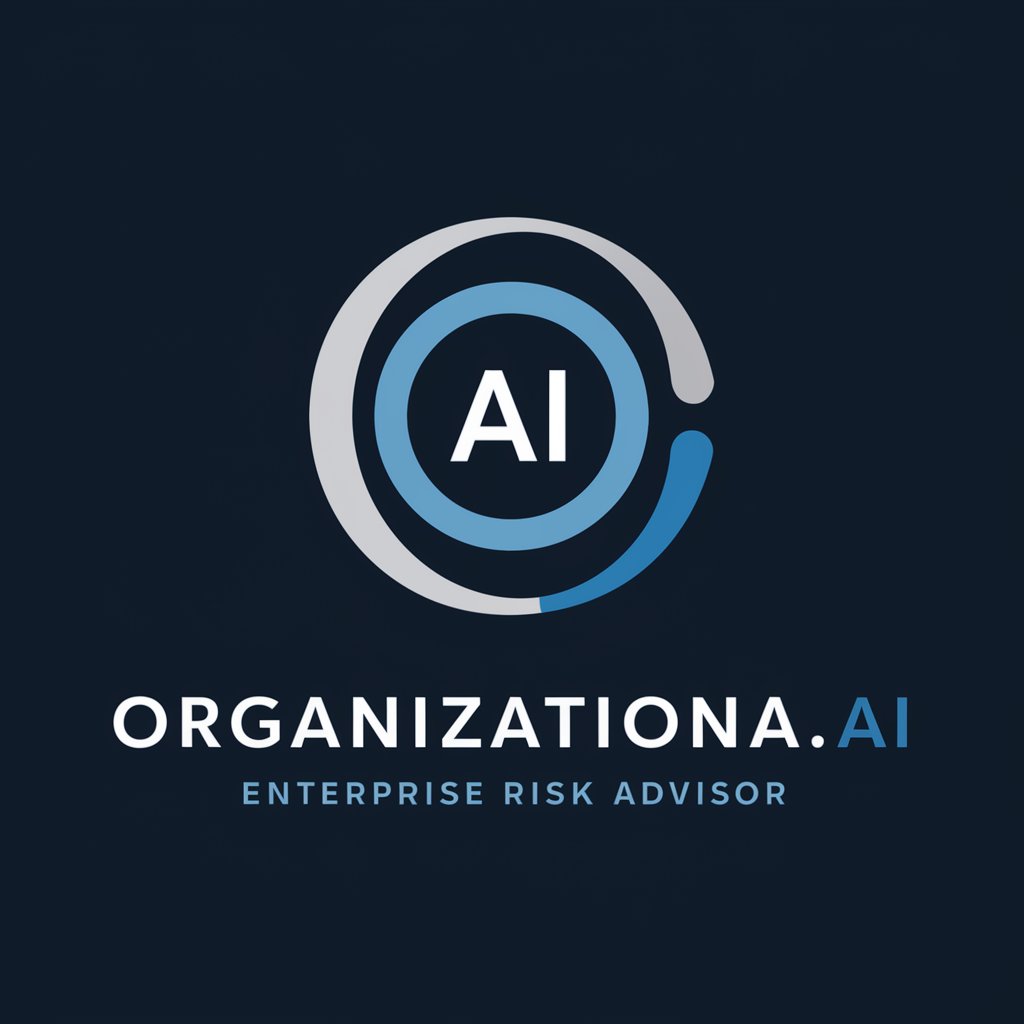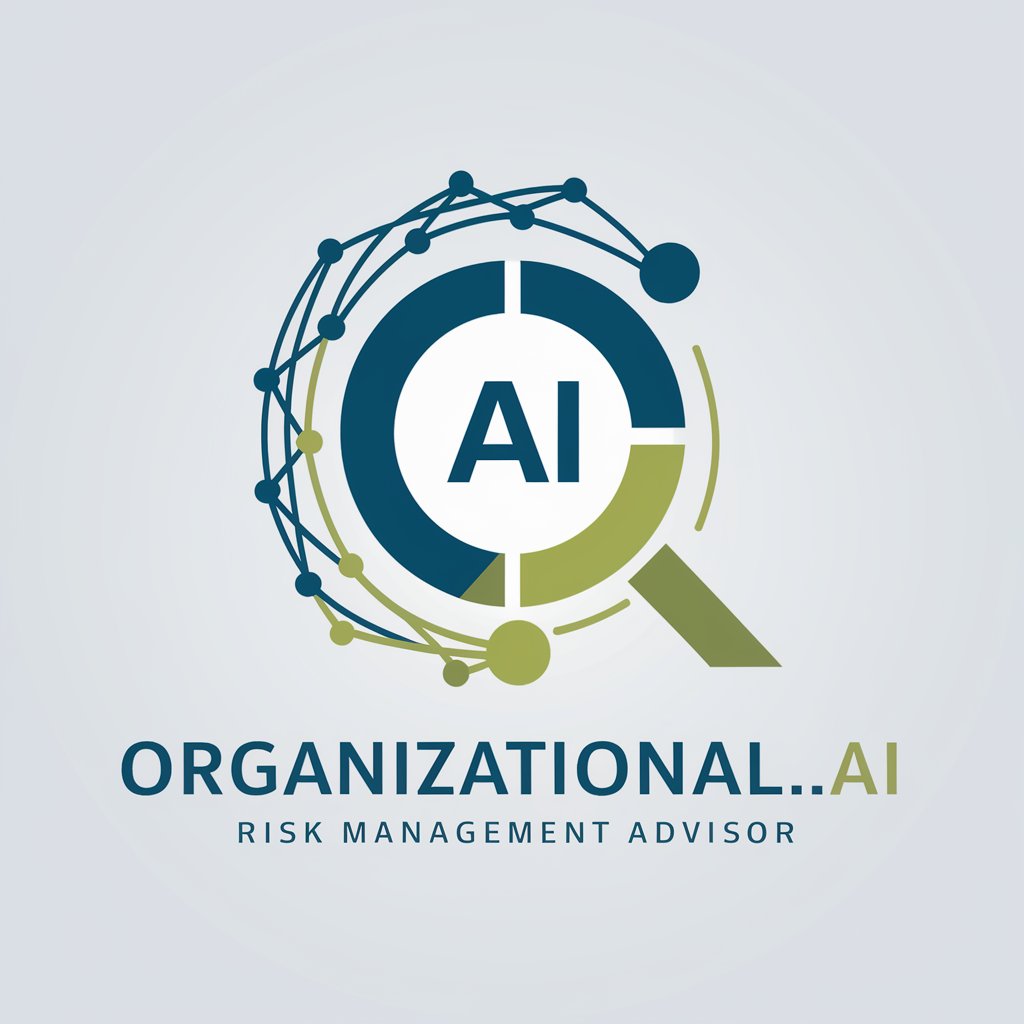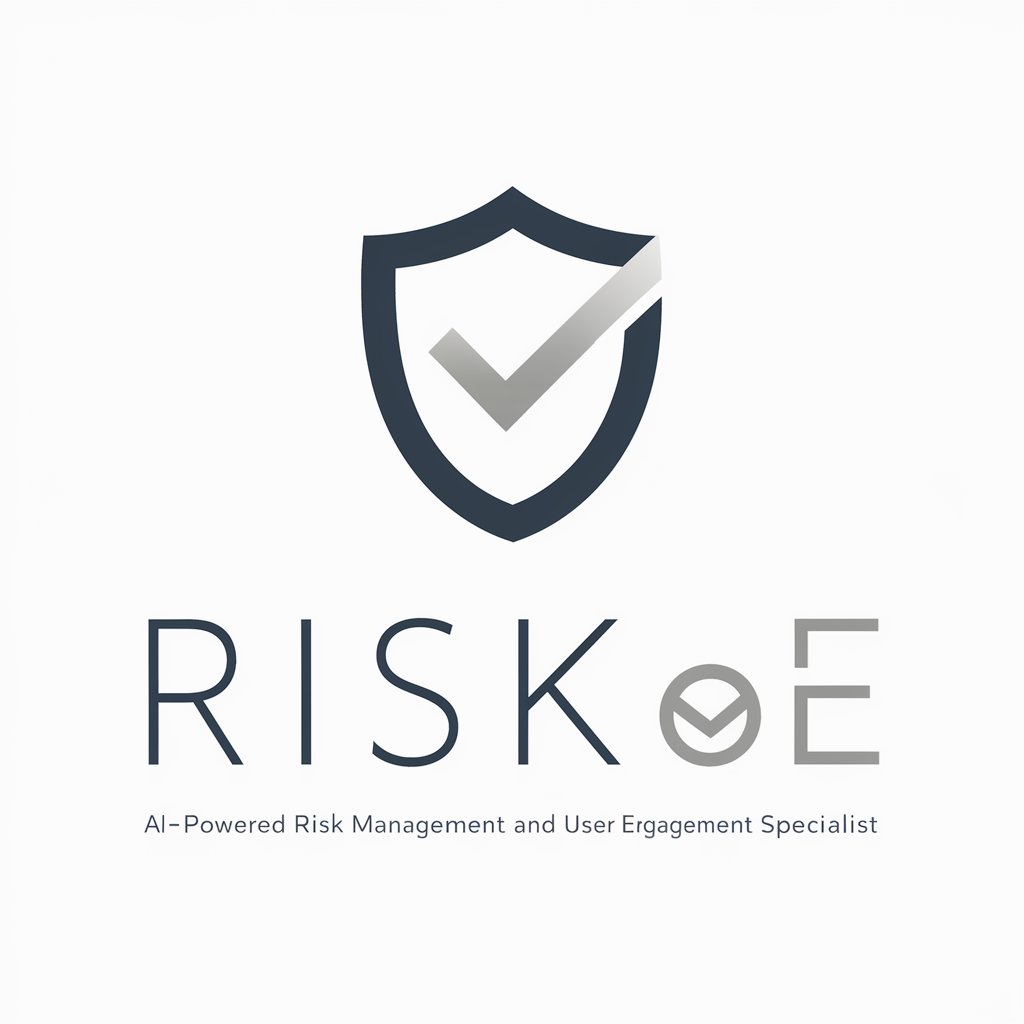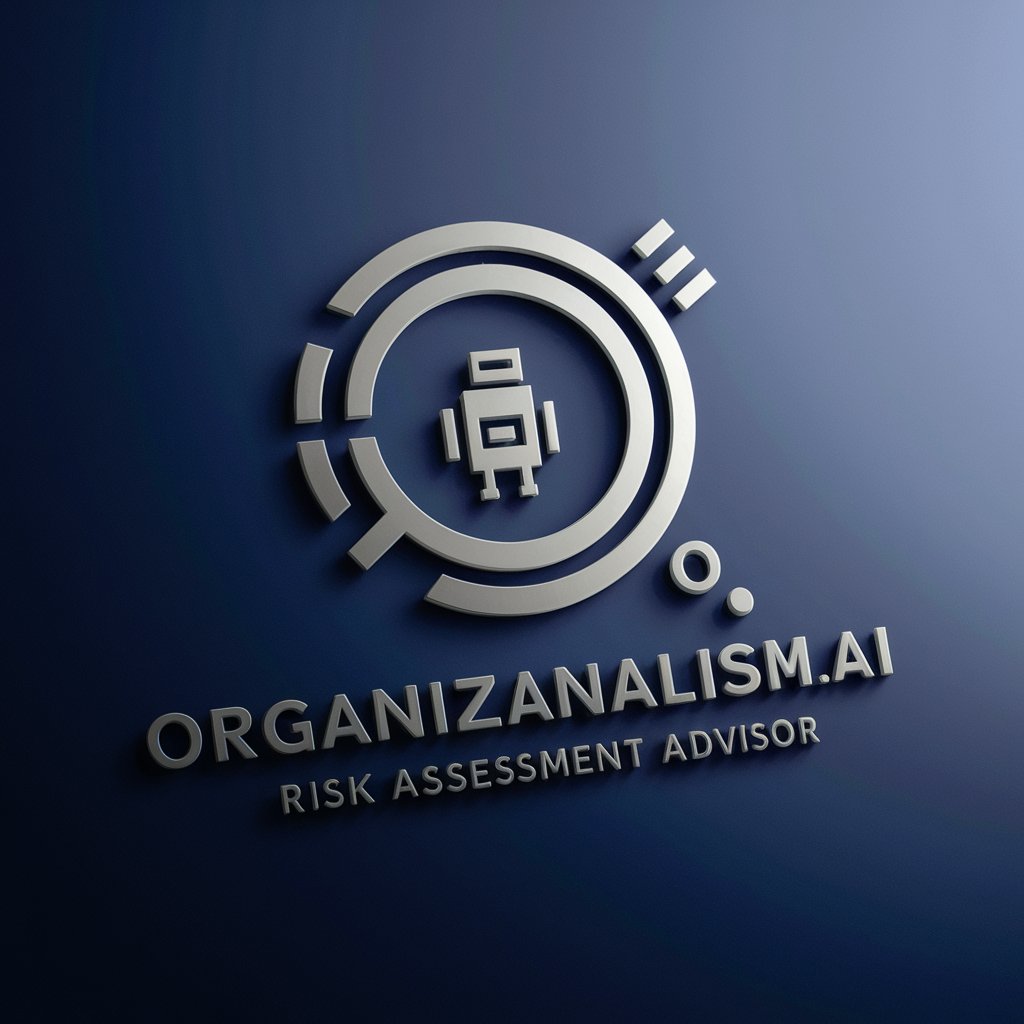
Risk Manager's Toolkit - Risk Management Assistance

Empowering Risk Decisions with AI
Risk assessment methodologies for credit risk.
Mitigation strategies for operational risk.
Coverage of a Directors and Officers liability insurance.
Latest regulations on data privacy in finance?
Get Embed Code
Introduction to Risk Manager's Toolkit
The Risk Manager's Toolkit is a specialized digital assistant designed to support financial risk managers in identifying, assessing, and mitigating various types of risks. It integrates a range of methodologies for risk assessment, suggests mitigation strategies, provides insights into insurance policies, and ensures users are up-to-date with the latest regulatory compliances. The toolkit is structured to offer guidance tailored to the specific needs of risk management professionals, enhancing their decision-making processes and operational efficiency. For example, it can guide a user through the process of conducting a credit risk assessment by employing statistical models to predict default probabilities, or it can recommend appropriate hedging strategies to mitigate market risk in a portfolio. Powered by ChatGPT-4o。

Main Functions of Risk Manager's Toolkit
Risk Assessment Methodologies
Example
Quantitative risk assessment for market risk using Value-at-Risk (VaR) models.
Scenario
A financial analyst at a hedge fund uses the Toolkit to understand and apply VaR models to estimate potential losses in the fund's asset portfolio under normal market conditions, aiding in strategic decision-making.
Mitigation Strategies
Example
Recommendations for derivative instruments like futures, options, and swaps to hedge against foreign exchange risk.
Scenario
A corporate treasurer uses the Toolkit to explore hedging options for their company's exposure to foreign exchange risk, ultimately implementing a strategy involving currency futures to protect against unfavorable currency movements.
Insurance Insights
Example
Analysis of cyber insurance policies for technology firms.
Scenario
An IT risk manager consults the Toolkit to decipher the nuances of various cyber insurance policies, aiming to choose the best coverage for their company's specific risk profile related to cyber threats.
Regulatory Compliance
Example
Updates on the latest Basel III regulations for banking institutions.
Scenario
A compliance officer uses the Toolkit to stay informed about Basel III standards and ensures that their bank's capital, leverage, and liquidity are in line with international regulatory requirements.
Ideal Users of Risk Manager's Toolkit
Financial Risk Managers
Professionals tasked with identifying and managing financial risks within organizations, such as banks, investment funds, and insurance companies. They benefit from the Toolkit's comprehensive risk assessment and mitigation strategies, enhancing their ability to safeguard assets and optimize financial performance.
Corporate Treasurers
Individuals responsible for overseeing a company's financial operations, including liquidity management and financial risk. The Toolkit's insights into hedging strategies and regulatory compliance are invaluable for their strategic planning and risk management efforts.
Compliance Officers
Professionals who ensure that organizations adhere to external regulatory requirements and internal policies. The Toolkit's regulatory updates and compliance guidelines support their role in maintaining legal and ethical standards.
IT Risk Managers
Specialists focusing on the identification and mitigation of technology-related risks, such as data breaches and cyber attacks. They benefit from the Toolkit's guidance on cyber insurance and risk assessment methodologies tailored to technology risks.

How to Utilize Risk Manager's Toolkit
Initiate Free Trial
Start by visiting yeschat.ai to access a free trial of the Risk Manager's Toolkit without the need for login or a ChatGPT Plus subscription.
Identify Your Needs
Determine the specific risk management challenges you face, whether they relate to financial, operational, compliance, or strategic risks.
Explore Features
Familiarize yourself with the toolkit's features, including risk assessment methodologies, mitigation strategies, insurance insights, and regulatory compliance updates.
Apply Insights
Use the toolkit to apply risk management strategies to your identified challenges, leveraging financial instruments, insurance policies, and operational changes as appropriate.
Review and Adapt
Regularly review the outcomes of your risk management actions and adapt your strategies based on changing circumstances and new insights from the toolkit.
Try other advanced and practical GPTs
Rocking Kids Manager
Streamlining Business Solutions with AI

L&D Hiring Manager
AI-powered L&D Interview Mastery

GPT Food Manager
AI-powered Grocery Management

Restaurant Manager
AI-Powered Restaurant Management Simplified

NPM Expert (Node Package Manager)
AI-powered npm problem-solving
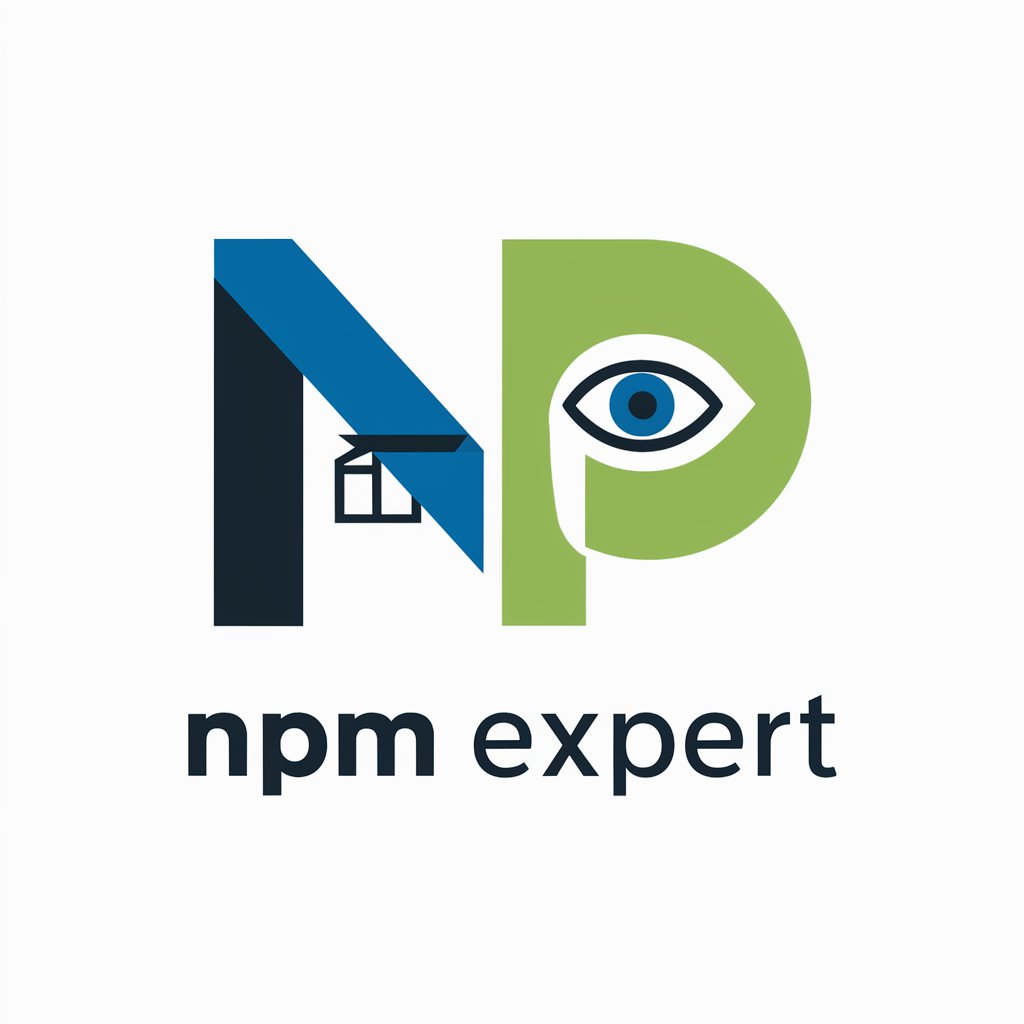
Office Manager
Streamlining office management with AI

Project Manager Girl
Empowering projects with AI-driven insights

IDEAfier - KJV Book of Genesis
Unlocking Genesis Through AI
ArXivGPT
Empowering Research with AI

Go Public
Empowering Financial Decisions with AI

Chat GP-TA
Empowering Educators with AI-Driven Insights

Writing Metier Footnote Assistant
Elevate your citations with AI-powered precision.
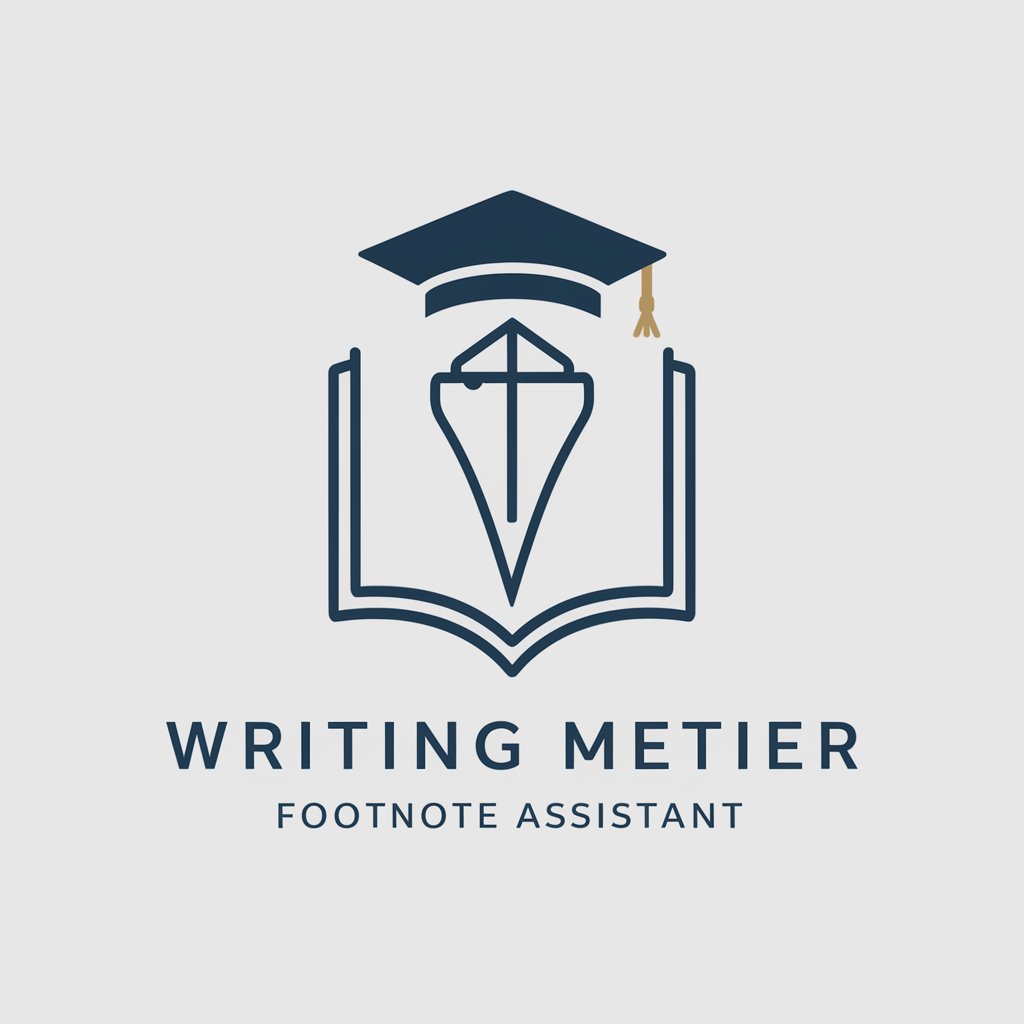
Frequently Asked Questions About Risk Manager's Toolkit
What risk assessment methodologies does the toolkit support?
The toolkit supports a variety of risk assessment methodologies, including qualitative and quantitative analyses, scenario planning, and sensitivity analysis, tailored to different industries and risk types.
Can the toolkit suggest specific insurance policies for my business?
Yes, based on your business type, location, and specific risk factors, the toolkit can suggest suitable insurance policies, explaining their coverage details and implications for your risk management strategy.
How does the toolkit stay updated on regulatory compliance?
The toolkit continuously integrates the latest regulatory changes and compliance requirements from global and local authorities, ensuring your risk management strategies remain compliant.
Is the toolkit suitable for small businesses?
Absolutely, the toolkit is designed to be accessible for businesses of all sizes, providing scalable risk management solutions that can be tailored to the unique needs of small businesses.
How can the toolkit help in mitigating financial risks?
It provides insights into various financial instruments and strategies, such as hedging, diversification, and insurance, to help mitigate financial risks related to market volatility, credit issues, and liquidity concerns.

